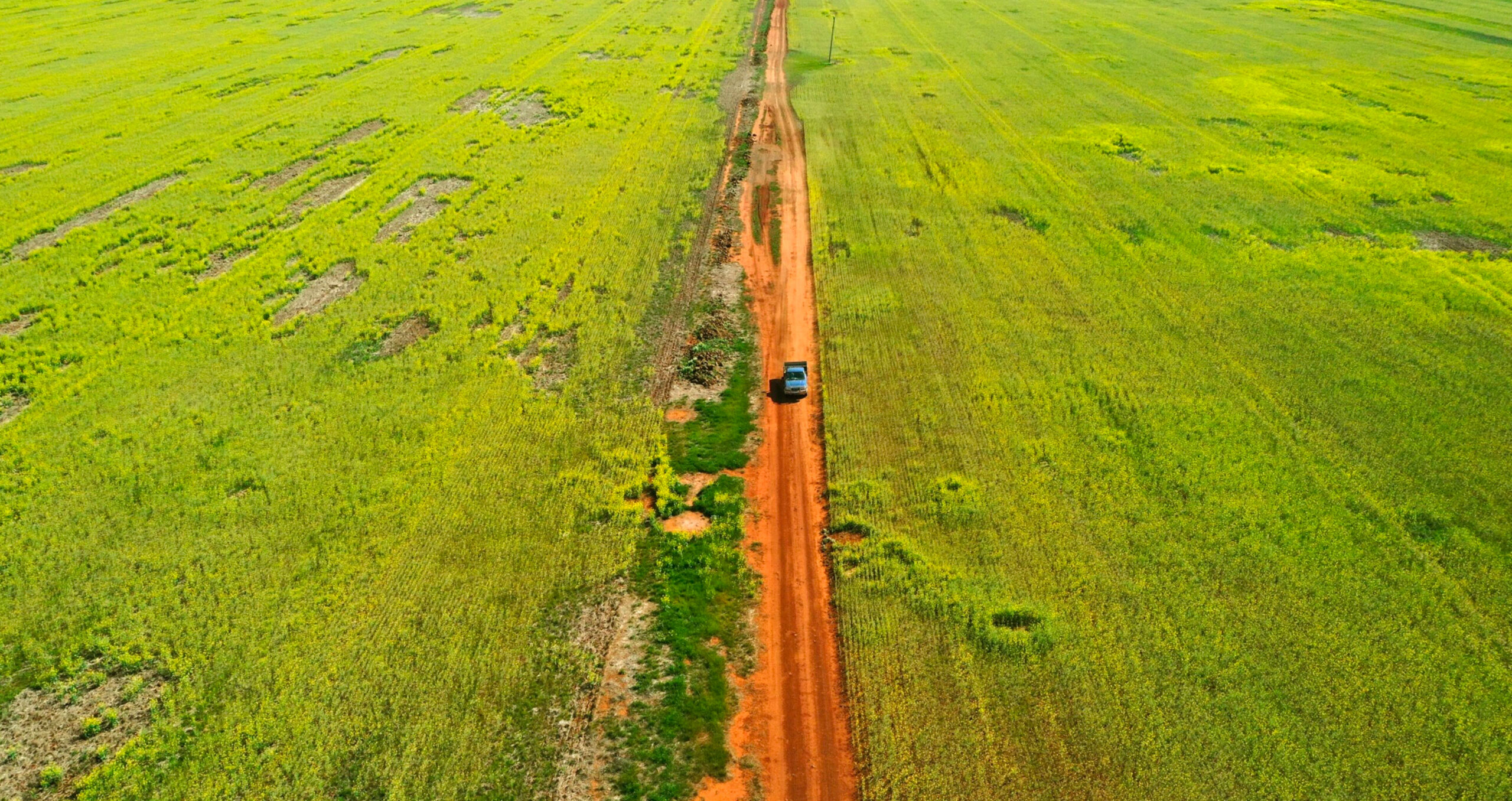
Market uncertainty as Australian government delays updating carbon accounting method

Australia’s integrated farm and land management methodology would combine various approaches to capturing and storing carbon
A single carbon credit methodology in Australia has been welcomed by some, but others are warning that delays to its introduction could lead to project developers and farmers being unable to register carbon credits.
Under the Australian carbon credit unit scheme, participants can earn ACCUs for every tonne of CO₂ equivalent emissions stored or avoided by a project (for example, taking measures to better protect the soil so it stores more carbon). These can then be sold to the government or to private sector buyers.
With multiple approved methodologies to ensure the integrity of ACCUs, the Australian government is looking to simplify the market by developing a single methodology, known as the integrated farm and land management method. The IFLM would allow for the generation of multiple carbon credits from a single piece of land that could be sold into different markets, in a process widely known as “stacking”.
According to Pieter Vandevelde, director of research firm RepuTex, “stacking brings with it economic benefits by lowering administrative costs for project developers, and improving project returns”.
The fact the IFLM, which has been under development since 2022, would combine various types of soil, vegetation and forest sequestration – or carbon storage – methods, has been largely met with approval. Gary Wyatt, managing director of carbon project developer Corporate Carbon, told Sustainable Views, the IFLM is “a good method” that would “streamline the administrative process” of running a soil carbon project alongside a vegetation project by bringing them under one system
However, according to one developer who did not wish to be named, the recent delays to the IFLM risks leaving farmers unable to register credits and creating market uncertainty. “I’m about to register two environmental planting projects with a farmer waiting to do the IFLM. Obviously, that’s not going to happen any time soon,” the developer added.
Ensuring “real abatement”
The government had been due to hold a public consultation in February and March, prior to examination in April by the emissions reduction assurance committee, an independent statutory committee. Ministers would then examine the methodology, with the aim of the IFLM coming into force in August.
According to Reputex, the government told an industry working group on March 14 that work on the IFLM would be “reframed” and that it planned instead to concentrate on creating a new accounting method focused on landscape restoration. However, after carbon project developers “expressed significant concern” over this “withdrawn commitment” to the IFLM, the government confirmed it would continue its work on the IFLM method with an extended timeline.
A Department of Climate Change, Energy, the Environment and Water spokesperson told Sustainable Views: “Reports that the IFLM method development has been ‘cancelled’ or ‘scrapped’ are incorrect. The Australian government is continuing to work to ensure the integrity of the ACCU scheme, and new methods under the scheme continue to make an important contribution to the achievement of the government’s emissions reductions targets of a 43 per cent reduction on 2005 levels by 2030 and net zero emissions by 2050.
“The department is continuing to progress the proposed IFLM method and working with stakeholders on the method’s details, and evidence needed to support its consistency with the legislated offsets integrity standards,” the spokesperson added.
According to the DCCEEW website, the standards aim “to ensure ACCUs issued under methods represent real abatement that can count towards Australia’s international emissions reduction commitments”.
A series of technical workshops and meetings between the government and stakeholders were held in November and December 2023, and more workshops will be needed to help inform the method’s creation, a source close to the government told Sustainable Views.
The Carbon Markets Institute met with the government in March 2024 to discuss the method, and CMI chief executive officer John Connor told Sustainable Views that the trade body is “supportive of the proposed pathway”.
Meanwhile, the government says on its website that “depending on progress, the department aims to take a draft method to the emissions reduction assurance committee for assessment in the second half of 2024”.
Unintended consequences
While there is support for the government’s decision to develop a single system and for the IFLM method, there are also fears the latter could undermine an existing method for soil carbon accounting.
The soil carbon method, which credits emissions reductions achieved by storing carbon in agricultural soil, is “widely regarded as the most robust approach to operating soil carbon projects in the world”, according to Matthew Warnken, managing director at soil carbon project developer AgriProve.
Warnken told Sustainable Views that the push for “a simplified ‘stacked’ method” might erode the scientific integrity of the soil carbon method and cause confusion among landowners, who would have to choose between the two methods.
“The Australian soil carbon industry has invested over A$100mn in operationalising projects under this method, making soils the fastest growing project category under the ACCU scheme,” he said. “We want to avoid unintended consequences that might stall this growth in active soil management, such as grower or producer confusion about the best way to undertake a soil carbon project leading to delays in real-world on-farm action.”
One solution, according to Soil Carbon Industry Group executive officer Duncan Farquhar, would be to incorporate the existing 2021 soil carbon method in the IFLM, rather than create another method for soil under the new framework. “SCIG would be concerned about any approaches that ‘simplify’ the method for soil at the expense of integrity,” he added.
Corporate Carbon’s Wyatt welcomed the government’s commitment to the IFLM method, but said: “Without methodologies in place it’s not possible to commence or undertake new projects. A delay in getting a new method – specifically the IFLM method – up and running just means fewer projects coming through, and ultimately less [emissions] abatement being achieved.”
Similar Articles

Australian regulator posts greenwashing warning following victory against Vanguard

In Brief: Esma targets credit rating agencies’ ESG methodologies; climate litigation heats up in Europe


